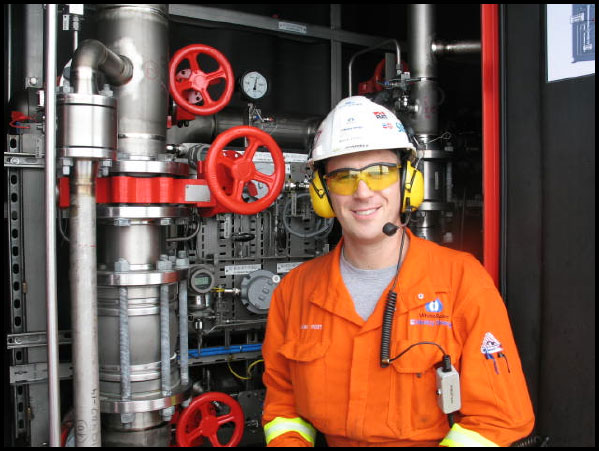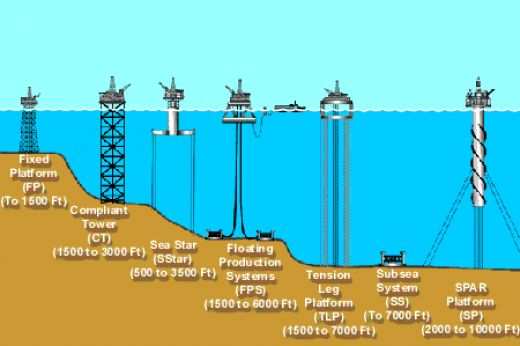Achieve Engineering Feat: Become an Oil Engineer Today!
July 1, 2013 The field of Engineering has proven
to be a sustainable path. This article focuses on Petroleum or Oil Engineering.
Find out why people who work on this field make so much money and why Oil
Engineering jobs are being sought after.
The field of Engineering has proven
to be a sustainable path. This article focuses on Petroleum or Oil Engineering.
Find out why people who work on this field make so much money and why Oil
Engineering jobs are being sought after.
Education
A college degree in Engineering provides a good entry point but more so if you
are trained in Petroleum Engineering. This means flexibility as Petroleum
companies may employ Engineers from different fields. However, note that since
Engineers have their own specializations, it would be good to pursue Petroleum
Engineering. Being a participant in co-op training programs adds merit to your
resume later on. Prepare to spend at least four to five years in college.
Apart from earning a Bachelor's degree, Petroleum Engineers also seek out to
earn their Master's and Doctor's Degrees. While this is not a requirement, it
helps individuals land a more promising career path and a heftier salary when
pursuing Oil Engineering jobs. The knowledge earned from advanced and higher
learning also contributes to an individual's innovative and strategic potential
especially if he or she decides to open a Petroleum Engineering firm.
Job Description
The following provide specific details about Oil Engineering jobs:
Assessment: Oil Engineers are responsible in the assessment of the economic and
productive potentials of oil wells.
Geology: Petroleum Engineers also work with Geologists in order to assess the
economic and productive viability of potential oil drilling areas.
Production: Petroleum Engineers are also responsible in monitoring production
and efficiency levels respective to their areas of jurisdiction.
Coordination: Oil Engineers oversee the installation of production equipment in
drilling sites.
Research: Apart from field work, Oil Engineers also have hands on in research
to discover innovative strategies in oil drilling and production.
Supervision: Petroleum Engineers also guide a team of people in order to
ascertain progress and achievement of production goals.
Job Distribution and Income
Oil Engineers are distributed in various industries. Here is an outline of
their estimated distribution and income from the U.S Department of Labor, 2012
- 2013 Edition:
Mining Support: The bulk of Oil Engineers is on field and act as support for
mining companies. They make more or less $150,000 annually.
Hospitals: About 15,000 Oil Engineers work for hospitals. They make about
$120,000 annually.
Architects: Oil Engineers are also employed in architectural firms and make
about $145,000 a year.
Management: Petroleum Engineers work in Management firms as well, and make
$150,000 or more annually.
Manufacturing: In the manufacturing industry, Petroleum Engineers less than
10,000 are employed but they make as much as $130,000 per year.
Research: There are a very few Petroleum Engineers working in Research
Industries but they make around $150,000 per year.
It should be noted that the figures above can change anytime, and employers
have their own packages to offer their employees.
Job Outlook
Between 2010 and 2020, it is estimated that the number of employed Petroleum
Engineers will increase from 30,200 individuals in 2010. The number of jobs related to EPC is also bound to
grow over the next few years. This growth surge is marked by industrial
developments that need the expertise of Petroleum Engineers. These are
geothermal production of energy, coal gasification, underground waste disposal,
and environmental cleanup.
Posted by James Andrew. Posted In : oil and gas jobs


